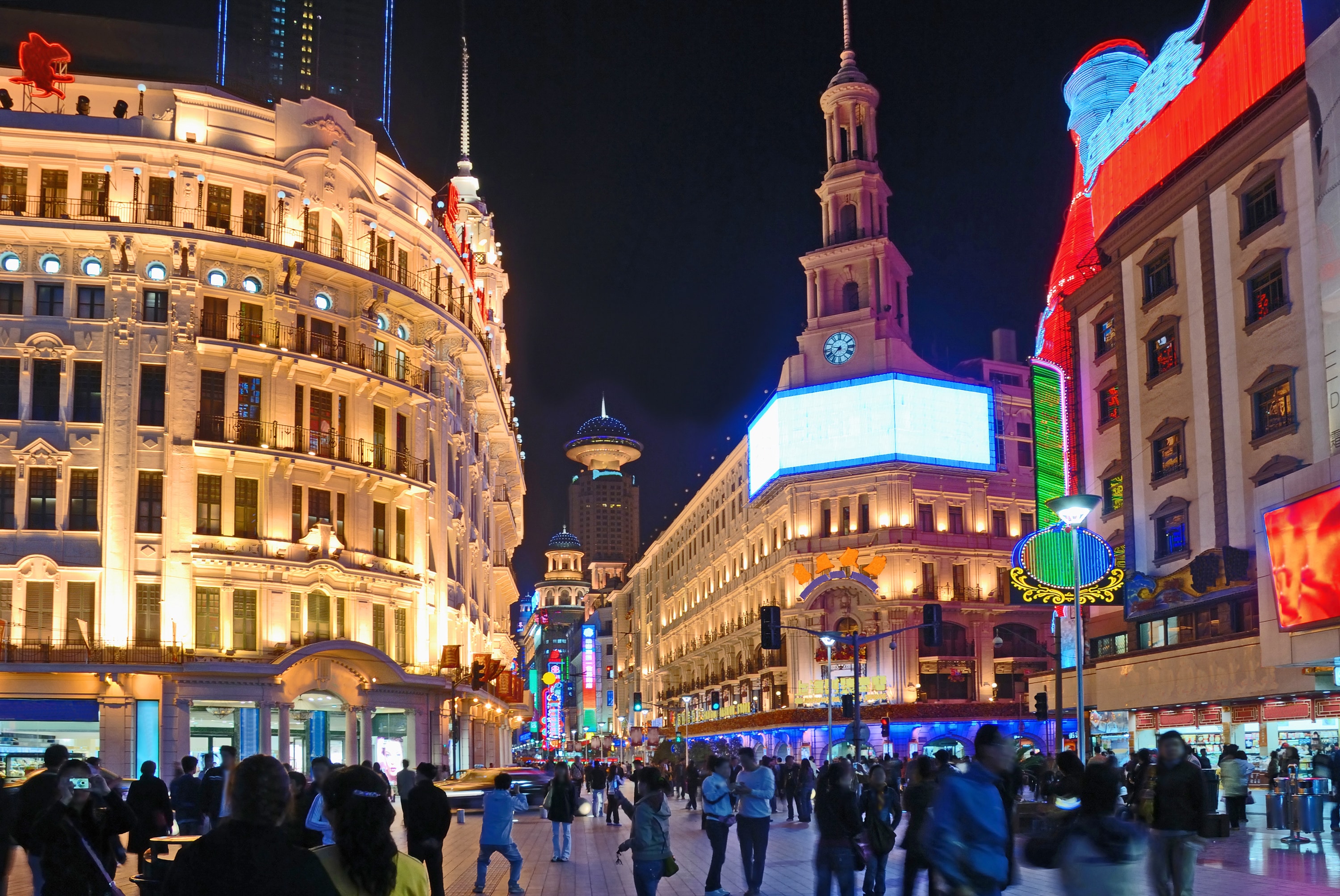Many cities around the world, especially Paris and other European cities, are seeing heat waves like they’ve never known this summer. Record-breaking temperatures swept across the continent, impacting Europeans, many of whom don’t have air conditioning in their homes.
These extreme temperatures can also harm digital displays, which are typically designed to operate between 32 and 90 degrees Fahrenheit. However, as the temperature increases for long periods, like the intense European heat, which reached 108.7 degrees Fahrenheit in Paris, digital signage may experience issues or even stop functioning.
Protecting Your Digital Signage
Because heat damage has been so prevalent this year, it’s essential to take a moment and think about how to protect your displays. Even if you haven’t been affected by the recent heat waves, consider your area’s climate and whether or not your devices are protected.
1. Custom Thermal Management
If you’re worried about heat damage or live in an area where extreme temperatures are prevalent, consider exploring a custom solution. Manufacturers can often create screen enclosures complete with fans or an internal heating unit. Each of these elements helps air circulate within the displays, thus stabilizing the internal temperature. Some custom work can protect devices from temperatures ranging anywhere from -22 degrees to 131 degrees Fahrenheit. Thermal management technology is an ideal safeguard for when temperatures fall outside of the optimal operating zone.
2. Avoid Direct Sunlight
Whether outside or indoors, protecting your displays from direct sunlight is crucial. Direct sunlight will not only increase a device’s overall temperature, but it can also create specific hotspots. Hotspots refer to areas of high heat that can lead to permanent scarring of the LCD, LED, or plasma screen. In LCD screens specifically, direct sunlight can cause the Liquid Crystal cells inside the display to boil, leaving behind a black spot. This phenomenon is known as solar clearing. If the LCD screen overheats, it can also lead to isotropic failure, and you may need to replace the device. Position digital signage out of direct sunlight, whenever possible. Whether inside a custom screen enclosure or under a tent or awning, this tactic will extend the life of your device. At least very least, provide proper airflow to keep the displays cool and functioning properly.
3. Anti-Glare Glass
Sunlight also creates a problem from a user experience perspective. Direct sunlight can obstruct the display, making it hard to view what is on the screen—whether it’s a food and drink menu or an advertisement. By installing anti-glare glass, you’ll improve your customers’ experiences and ensure they see what you want to show them.
Anti-glare glass protects your screens, as well. They deflect the light, improving readability as well as keeping your digital displays cool. Do your research first, though, as some anti-glare displays will reduce visibility for people wearing polarized lenses.
Digital Signage Deployment
Temperature regulation should be a key player from the beginning of your digital signage deployment. Installation should begin with a site assessment to determine where to place your displays to avoid hotspots and solar clearing, as well as optimize the user experience. Installers should also understand how sunlight and heat affect digital displays, not to mention how the devices themselves can generate heat after being powered on for long periods.
Kinettix has a global partnership of field techs who understand the inner workings of these displays and are ready to help you with your digital signage deployment. Our skilled partners know the importance of digital signage thermal management and know when to recommend increased protection.
We are ready to help you roll out your digital signage, so you can more effectively communicate with consumers and enhance your brand’s message. Contact us today to schedule a consultation and learn more.






